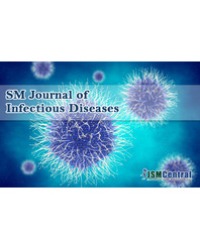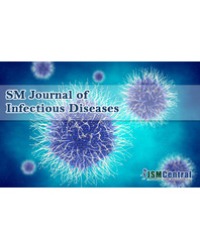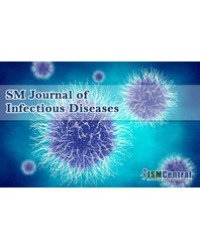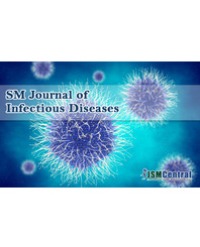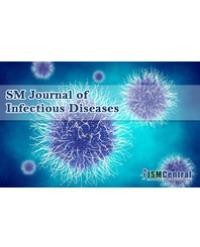
When the Going gets Tough, the Tough get Going: A Case of HIV-AIDS
HIV is also included one of the cause of morbidity and mortality, It can present as with many infections as it lower immunity but can present with atypical symptoms. Early diagnosis with prompt treatment including combination of anti-retroviral therapy is essential to ensure positive outcome and avoidance of complication.
Case: 37 year old male with no known comorbids, admitted with complain of weight loss for 2-3 months, fever for the past 15 day, and loose stool for 1 day.
Sexual history was positive for multiple sex partners.
On examination bilateral inguinal lymph node were palpable rest of the systemic examination was unremarkable.
On investigation, Patients hemoglobin was low (6.3), TLC (4.5), Platelet (200) Urea/Creatinine (72/1.2) ESR=46,STOOL DR =pus cell 1-2,entameoba histolytic cyst was +ve, parasite was seen. Urine DR showed, protein ++, RBC=4-6, LEUCO=8-10, Periphral Film showed microcytic, hypochromic, anisocytosis, severe iron deficiency anemia, Iron profile showed, ferritin= 11582, iron= 27, UIBC= 25, TIBC= 142, Blood C/S showed no bacterial growth
MRI Brain (screening protocol), showed small symmetrical high intensity areas on T2W images identified involving bilateral head of caudate nucleus, no diffusion restriction seen, findings likely represent early metabolic /degenerative disorder, mild atrophic changes seen in brain parenchyma which is more pronounced as compared to mention age
Anti HIV=Reactive, HIV CORE PROTEIN=Reactive.
Rest of the investigation were within normal limits including LFTS.
Inj. PIPERACILLIN +TAZOBACTAM 4.5gm 8 hourly given.
Tab sulphamethaxazole was given.
Inj omeprazole 40mg along with multivitamins.
Outcomes: Patient was advised to have CD4 count followed by treatment, but end resulted in lost to follow up.
Muhammad Fahad Zakir*, Sawera Rafique, Fasiha Sohail, Sumera Nawaz Qabulio, Ghania Niazi, R Annum Rahim, and Misbah Patoli

